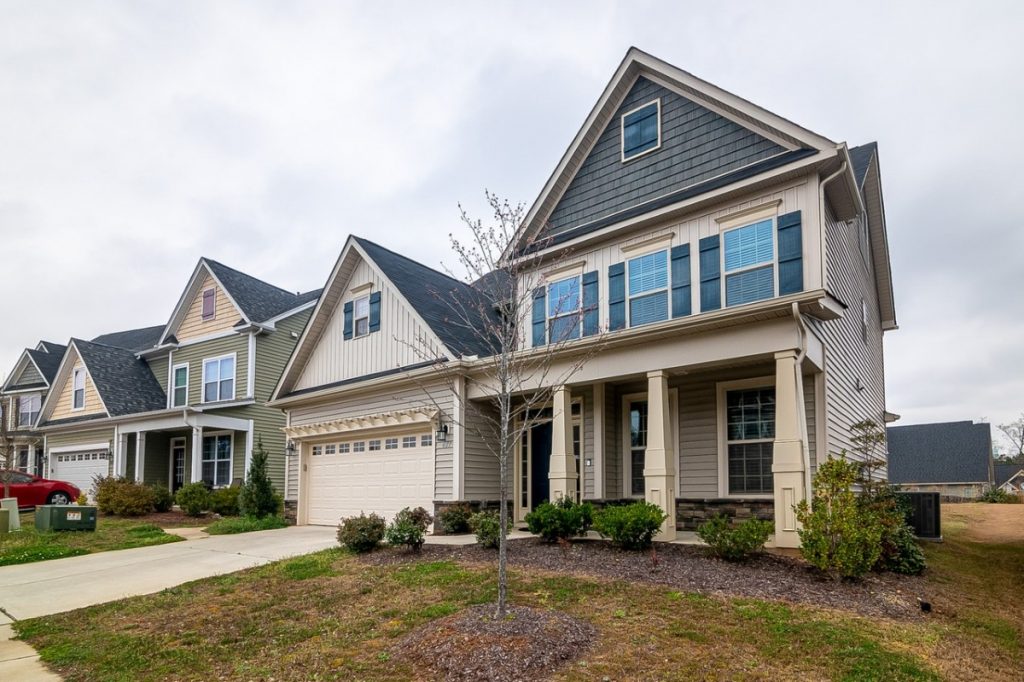If you live in the city, you’ve probably felt the intense heat over the past few weeks, whether you stayed at home or went outdoors. That’s one of the few disadvantages we’re currently experiencing because of development. As buildings continue to rise in urban areas, much of the trees and green spaces have been replaced with these modern infrastructures.
The problem with urban heat is that most people utilize various methods to keep their houses cool, but as a result, the heat gets trapped or disseminated around the city. That’s why we must all be united in reducing urban heat. This means that the local government and citizens alike are both finding ways to make the city cooler. This article will provide you with a few details on how we can achieve that.
Heat-reduction Methods
The immense heat we’ve experienced recently results from negligence on the importance of green living and eco-friendly development. To combat this, below are some methods that homeowners and developers can utilize.
Green Roofs

The first solution we have to reduce urban heat is by installing green roofs. These installations can significantly make the city cooler by using the rooftops of both commercial and residential buildings to plant more trees. As you may have already known, trees and plants can remove the heat from the air through a process called evapotranspiration. Furthermore, trees are capable of blocking sunlight from reaching your home’s roof, which means they can also function as insulation. Green roofs do not just reduce heat, but they can also provide cleaner and fresher air.
Heat-resistant Roads
Roads are almost always made out of concrete and dark color, which means it absorbs a significant amount of heat instead of reflecting it. This is why governments are starting to consider the use of oxidized bitumen sealants for concrete repairs or the total rehabilitation of these roads. These sealants have lower thermal sensitivity as compared to their traditional counterparts, which means that they can significantly contribute to urban heat reduction.
Additional Parks and Green Spaces
The next time you go to the park, try to sit somewhere near the road and then move to a place closer to a tree. Observe how different the environment is and how cooler your surroundings are when you are near a tree. That noteworthy change in temperature is caused by just a single tree. Now, imagine if more of our urban spaces are dedicated to growing plants and trees. That’s how important green spaces are, and that’s also why governments should consider building more parks and other recreational areas where trees and plants can grow and prosper.
Proper Ventilation Over Air Conditioners
Some of us don’t mind the summer heat because when it gets too hot, we can always turn the air-conditioning unit on to keep our homes cool, right? The problem with that is that air-conditioning units cool your indoor environment while dispersing the heat outside. This means that the more you use your air-conditioning unit and the more people who use this method to stay cool, the hotter it gets outside. While we do understand that you just want to ensure that you don’t experience the immense heat of the summer, it would be better if all of us utilize proper ventilation methods instead. By installing more windows to improve indoor air circulation, we get to ensure that the urban heat is significantly reduced.
Energy-efficient Appliances
Aside from proper ventilation, you can also practice using energy-efficient appliances at home to reduce urban heat. This ensures that your appliances do not consume more electricity than they need, and since their processing power is reduced, they also produce less heat. If you are uncertain whether your appliances are energy-efficient, you need to look for the ENERGY STAR label. This is a government-certified labeling method to identify products that meet the right standards and requirements for energy efficiency. Aside from reducing heat, appliances with an ENERGY STAR label will also reduce your electric consumption.
Trees and Plants

Lastly, and perhaps most importantly, our best shot at reducing urban heat is by planting more trees and plants. We know we’ve mentioned this quite a few times already, but it’s always worth reiterating. Trees and plants are natural air coolers that will bring countless benefits not just to our homes but to our environment as well. We should utilize most of our available spaces to grow them if we want to live in a more comfortable society.
Every year, it seems as though the world is getting hotter. That’s because as we demolish green spaces to build various infrastructures, we also reduce our city’s capacity to provide us with a comfortable home. We need to do our part towards the reduction of urban heat if we want to save our cities.

